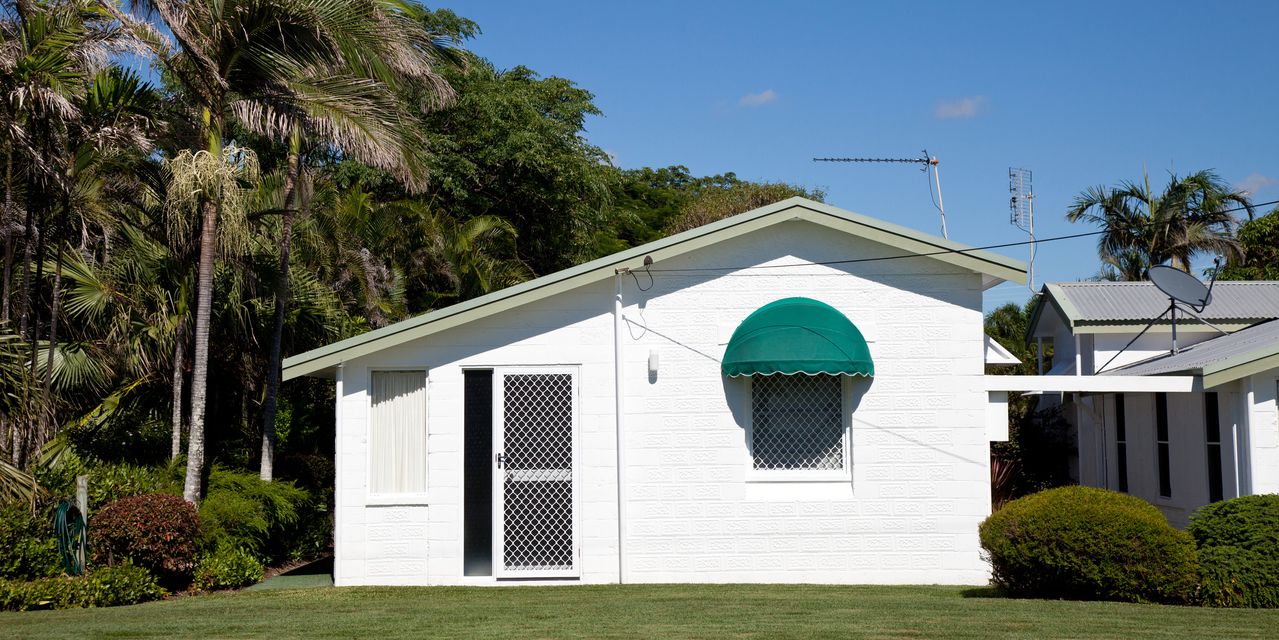Buying a cheap house, or one that’s $150,000 or less, may seem like an attractive idea for many renters who are seeing home prices spiral out of control. But finding financing to pay for that home can be a tall task.
Mortgages to purchase homes under $150,000 have become “increasingly rare,” according to a new report by The Pew Charitable Trusts. Many aspiring owners of homes in this price range either turn to riskier alternative funding such as personal property loans, pay cash, or don’t end up buying at all.
The penalty for not being able to easily access these small mortgages has been paid particularly by people of color — especially Black, Hispanic, Indigenous people, and those in rural communities, Pew said.
Roughly a quarter of homes sold between 2018 and 2021 were sold for less than $150,000, Pew found. But only 26% homes sold in that price range were generally financed with a mortgage, Pew said. In contrast, 71% of higher-cost homes were paid for with a home loan.
“Home buyers seeking loans under $150,000 are often unable to find a mortgage because outdated policies have made it difficult for mortgage-ready borrowers looking to finance the purchase of a low-cost home,” Alex Horowitz, director of the housing policy initiative at The Pew Charitable Trusts, said during a briefing.
Getting a mortgage for a cheaper home hasn’t always been this hard. Before the Great Recession, smaller mortgages were more common. In 2004, Pew said, lenders originated 2.7 million mortgages for less than $150,000, and a near-equivalent 2.9 million large mortgages (of $150,000 and more). But since then, small mortgage lending has fallen sharply to just 830,000 loans a year.
Between 2018 and 2021, 38% of mortgage lenders didn’t issue a single small mortgage.
Aside from the fact that homes are now more expensive, small mortgages aren’t popular among lenders — despite demand for them — because they’re not profitable for lenders, Pew said.
“Small mortgages are difficult for lenders to originate, and that is because their costs are relatively fixed, but small mortgages produce the least revenue,” Horowitz explained, “and so lenders have trouble covering their rising costs to originate.”
Buying a home worth less than $150,000 is challenging — but not impossible
But buying a cheap home isn’t impossible.
Matthew Bruckner, an associate professor of law at Howard University in Washington, D.C., recently bought a single-family home for around $65,000 in Maryland.
When house-hunting back in March of this year, Bruckner told MarketWatch that he planned to use cash from investments in the stock market to purchase the home, which is intended to serve as a residence for his sister.
One-third of all homes purchased in April were all cash, according to real-estate brokerage Redfin.
“Part of the problem for these houses is a lot of banks have minimum loan limits, and so these houses sub-$100,000 or so, seem to be in a weird place where it’s not always possible to get a loan for them,” Bruckner explained.
He also wanted to create a limited liability corporation to purchase the house, versus buying it in his own name, which made it even more difficult to obtain a small dollar loan. “So we decided to pay cash,” he added.
Many homes that are cheap are also old, which means they can come with additional complications when a buyer is trying to get a mortgage to pay for it. Pew notes this caveat, stating that evidence has suggested that many homes that cost below $150,000 are more likely to have structural deficiencies that make it harder to obtain a mortgage, compared to higher-cost homes.
Ethan Finkelstein, who runs Cheap Old Houses alongside his wife on Instagram, is familiar with that struggle.
Finkelstein told MarketWatch that many people who buy cheap houses will have to get creative with financing. One of his staff secured a zero-interest mortgage for a $78,000 home in Detroit through a state housing authority, while another buyer purchased a home for $18,500 in Wheeling, W.Va., in cash, and then put down a deposit for a rehabilitation loan after she secured the property.
Another staff member bought two buildings for $99,000 after obtaining a mortgage from a small, regional bank which had in-house underwriting, Finkelstein explained. The staff member also had to put down 20% towards the homes.
“The biggest challenge in getting financing is getting the bank to appraise the property for the value that is equal to the purchase price,” he explained. If the home has a working kitchen, a bathroom, plumbing and heating, a buyer has a better shot at using the traditional mortgage financing system, he added, to get a low-cost house to renovate over time.
Finkelstein and his wife also own two cheap houses — they bought their first, a Federal-style farmhouse on 10 acres of land for $70,000 in cash, and they are in the process of restoring the property, hoping to have it valued at around $500,000. They are also working on a second home that they bought with $27,000. They are also carrying $20,000 in credit-card debt, due to the cost of materials involved in these restoration projects.
Bruckner, the college professor, said that he purchased a single-family home in Alleghany County, Maryland for $65,000 via an LLC. “The process was incredibly quick and easy, because I was paying cash,” he added.
Read the full article here




